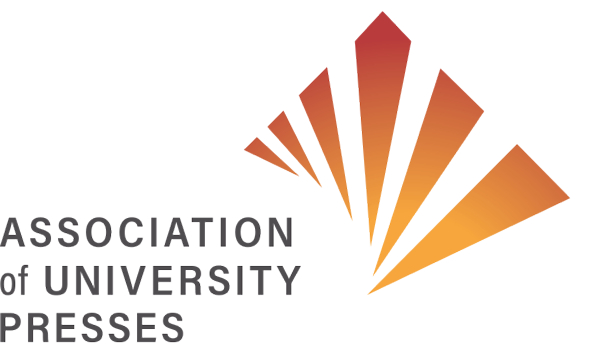AAUP Library Relations Committee Issues Conclusions Drawn from Survey of AAUP and ARL Members
The Library Relations Committee of the Association of American University Presses (AAUP) today issued a number of broad conclusions and recommendations for successful collaboration between presses and libraries. These conclusions are the product of extensive surveying and interviews with member institutions of both AAUP and the Association of Research Libraries (ARL), conducted through 2012-2013. Forty-two libraries and forty-one presses participated in this information gathering process. The full report can be read online.
1. Library publishing services are on the rise. 65% of respondents say library-publishing programs are an increasingly important service. 62% of all respondents (77% of library respondents and 34% of press respondents) to this question agree that publishing should be part of the library’s mission. Presses must imagine a way of engaging with these and other emerging publishers on campus.
A library director, asked to elaborate on library publishing services, said: “Motivation and campus context are everything. The infrastructure of new technologies can be leveraged to serve publishing needs.”
2. Collaboration rather than duplication is recommended. 69% of respondents believe that library-publishing initiatives should complement press publishing programs, rather than reinventing (or duplicating) a service for formal peer-reviewed literature.
One dean of libraries stated: “We would rather work together with the press but not duplicate services.” A press director added in interviews, “I think there needs to be a better understanding of what each bring to the table.”
3. Recognize and discuss mission overlap. 95% of respondents see the need for presses and libraries to engage with each other about issues facing scholarly publishing beyond the usual topics of open access, fair use, and copyright. Common interests—such as how to best serve scholars—rather than areas of divergence, would be fruitful topics of discussion.
In interviews, a university press director said, of the value in having a librarian on the press advisory board: “They understand what faculty want, how research is changing, can relay what happens to the end product (a crucial step often not fed back to the publisher), and have more detailed inroads to the campus community.”
4. Understand the scope of publishing activity on your campus. Respondents indicated some knowledge of many on-campus publishing operations, but a large percentage of respondents had no sense of number or scale. Recognize where these operations present opportunities for your press and library.
Several press directors stated that the goals and cultures of small unit-based publishing activities on their campuses were so varied that bringing them under a press umbrella would be a resource challenge, but that they are able to offer advice and professional distribution assistance. A dean of libraries discussed the implementation of Open Journals Systems to assist departmental and undergraduate journals on campus.
5. Look beyond the financial figures. Many libraries provide support to presses, but it is usually in-kind rather than money. While in only 11% of cases did the library provide cash support to a press, more than 53% of libraries provide other kinds of service ranging from digitization, metadata, and preservation services to office support and rent-free space.
The issue of cost recovery in publishing activities continues to be a issue of divergence between presses and libraries. One press director described the financial operating structures thusly: “Libraries receive a pot of money and must spend that pot of money carefully and wisely. Presses receive a pot and are told to fill it with money…and spend it carefully and wisely.” Another director commented on this same issue: “This is an artificial cultural difference. Presses are perceived as businesses and libraries as services. I wish we could work collectively to change this thinking.”
Donna Dixon, Co-Director, SUNY Press, and 2013-14 chair of the AAUP committee, commented: “What we learned from our broad scan of AAUP and ARL members confirmed our sense that collaboration between university presses and libraries is growing, and helps to point the way towards some best practices in developing these relationships.” “The conversations we’ve had around this topic and the survey conclusions have simply amplified how promising—and exciting— expanded relationships between these two arms of the university can be,” said Peter Berkery, AAUP Executive Director.
Summary survey data from which these conclusions were drawn is available here: http://www.aaupnet.org/resources/for-members/data-collection-and-analysis/library-press-collaboration-survey. The Committee again thanks Julia Blixrud of ARL for her assistance in developing and distributing the original survey in 2012.
Media Inquiries: Brenna McLaughlin, bmclaughlin@aaupnet.org
